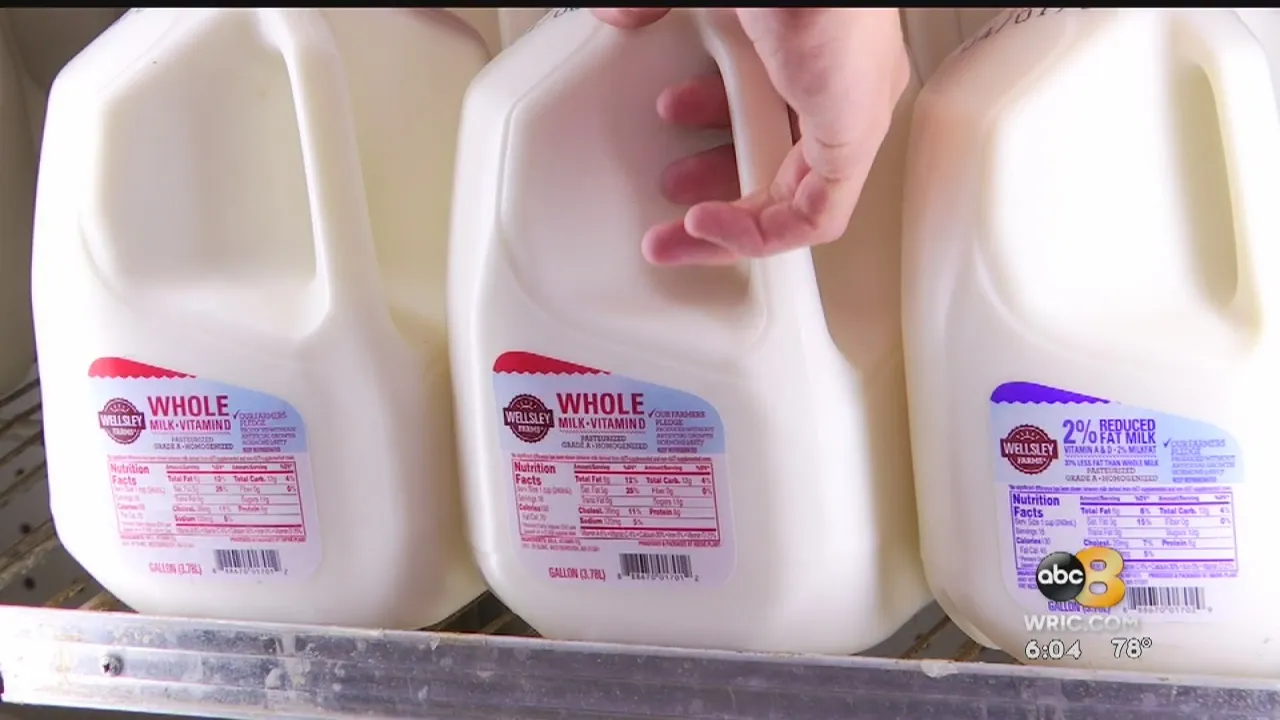
Mclub World – Milk is one of the most common staples in households around the world, yet many people store it incorrectly without realizing the impact it has on freshness and taste. While it might seem simple to toss a carton into the refrigerator, temperature, placement, and handling all play a huge role in how long milk stays safe to drink. Improper storage can lead to faster spoilage, unpleasant smells, and even waste. With a few small adjustments, you can extend the shelf life of your milk and enjoy it at its best quality. Learning the right methods not only helps your wallet but also ensures your family’s health. Understanding why it spoils and how to prevent it can make a big difference in everyday life, especially for those who consume it daily for breakfast, coffee, or cooking.
“Read More: The Future Is Artificial intelligence: Top 10 Facts Driving Global Transformation”
Milk is extremely sensitive to temperature, and even small fluctuations can shorten its lifespan. When it is exposed to warm air, bacteria start to multiply quickly, which leads to souring. Many people make the mistake of leaving milk out on the counter after use or placing it in the refrigerator door. The door area experiences the most temperature variation because it opens frequently. To keep it fresh, it should be placed on the middle or bottom shelf where the temperature remains stable. In addition, the ideal storage temperature should stay between one and four degrees Celsius. When these conditions are met, milk can stay fresher for several days past its printed date. Being mindful of these small details helps maintain quality and prevents unnecessary spoilage, ensuring every glass tastes fresh and clean.
Most people believe that storing milk in the fridge door is convenient, but it is actually the worst spot for keeping it fresh. The door experiences the highest temperature shifts each time it opens, allowing warm air to reach it. As a result, it spoils faster and loses its original taste. Instead, it should be stored deep inside the fridge, ideally in the coldest section. Placing it on a middle shelf near the back provides the most consistent cooling. In addition, always make sure the container is tightly closed to prevent the absorption of odors from other foods. The combination of cold temperature and proper sealing keeps bacteria growth minimal. This small habit ensures that every cup of milk poured remains creamy, fresh, and safe to consume. Understanding this simple principle can save both money and frustration for families who buy it regularly.
“Read About: Amazon Investors Celebrate as AWS AI Integration Boosts Revenue”
Light and air exposure are two major factors that cause milk to spoil faster. Ultraviolet light can break down essential vitamins in milk and change its flavor. That is why milk is often sold in opaque or tinted containers, which help protect it from light damage. Air exposure also speeds up oxidation, leading to a sour taste and strange odor. To prevent this, the milk container should always be closed tightly after every use. If milk is poured into another container for serving, it should be returned to the refrigerator immediately after use. Avoid leaving it uncovered or on the counter for long periods. In addition, using clean utensils every time you handle milk helps reduce contamination. These small yet effective habits can extend the freshness of milk and maintain its nutritional value. Consistent care makes a noticeable difference in taste and quality.
Many people throw away milk as soon as the printed date passes, but that number is often a guideline, not an absolute rule. The “best before” label usually refers to peak freshness rather than safety. Properly stored it can often stay drinkable for a few days after that date. However, if the it smells sour or its texture changes, it is no longer safe to drink. Trusting your senses is the most reliable way to determine freshness. In addition, once a container is opened, air and bacteria exposure begin to affect it, so it should be consumed within a few days. To minimize waste, buy milk in portions that match your household’s consumption. Understanding how expiry dates work helps reduce food waste while ensuring your milk remains safe and enjoyable to drink.
Keeping it fresh for as long as possible comes down to consistent habits. Always return milk to the fridge immediately after pouring and avoid leaving it out during meals. Keep the refrigerator clean and at the correct temperature, since spoiled foods can contaminate nearby items. Use the oldest it first to ensure nothing goes to waste. In addition, shaking it gently before pouring helps distribute the cream evenly without affecting quality. Never mix fresh milk with old milk, as this speeds up spoilage. It is also important to keep it container away from strong-smelling foods like onions or fish to prevent odor transfer. Practicing these habits daily ensures that your milk remains safe, fresh, and tasty. Over time, these small actions build an awareness of food safety that benefits the whole family.
This website uses cookies.